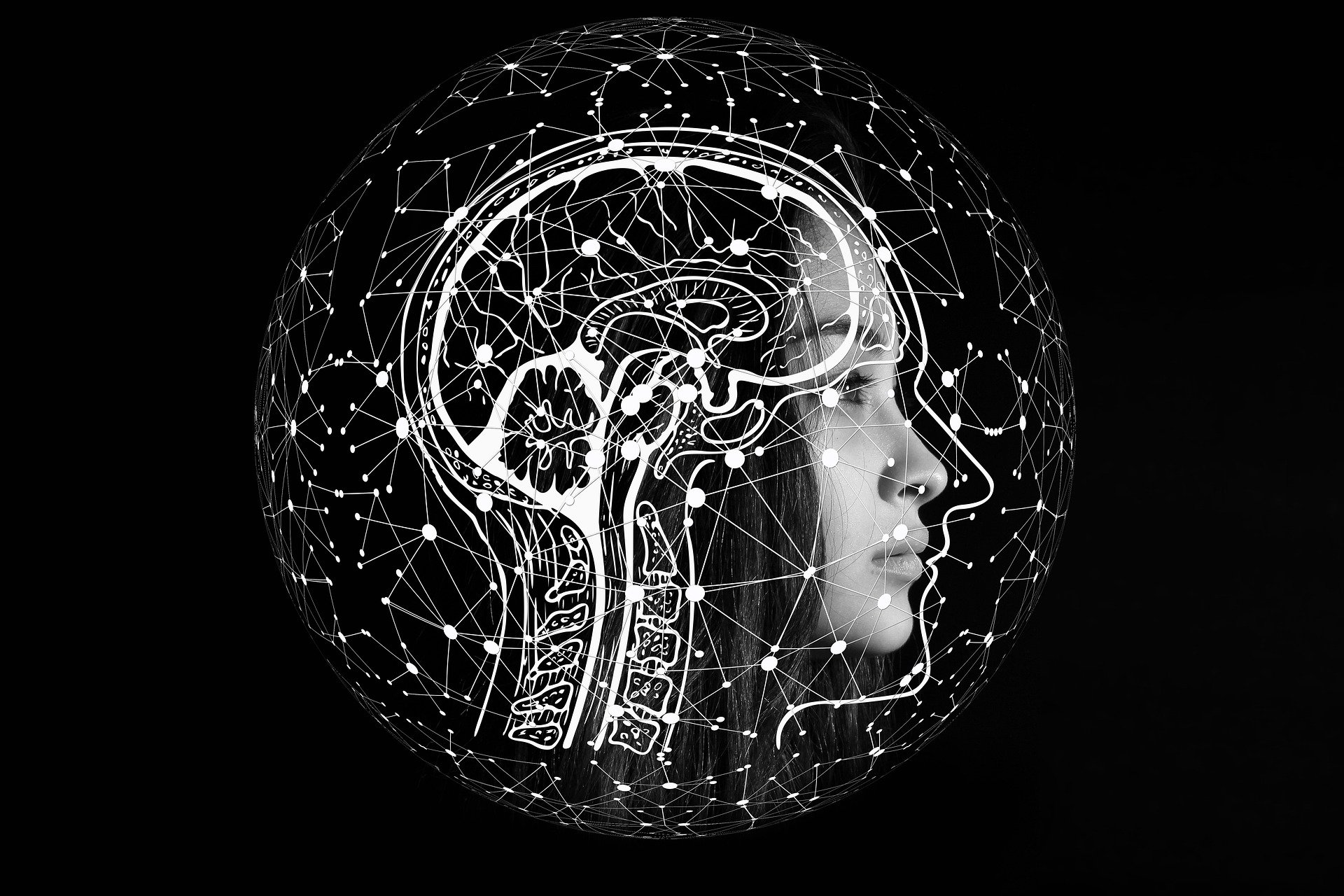Artificial Intelligence as a Force for Good
Technology is a key enabler. It has ushered in prosperity for millions and lifted innumerable individuals out of poverty. Technology has been instrumental in bringing improvements in all walks of life. More specifically, artificial intelligence or AI has brought manifold benefits for humans. Harnessing its full capabilities will only ensure greater benefits.
However, for all its hype in post-COVID digital uptake, AI alone cannot complete all tasks. It has to be trained by programs developed by humans. AI can be a very powerful amplifier of human endeavor, and can inspire our future creativity. How can we ensure it is always working for us? How can we ensure it works ethically?
To this effect, Horasis is organizing the Horasis Global Meeting on 08 June 2021. The one-day virtual event will see participation from individuals spanning members from governments, businesses, academia, and the media. The goal is to discuss pressing issues that are threats to humankind and arrive at solutions that can ensure prosperity for populations worldwide.
AI Holds Equal Promise, Equal Peril
AI has been a promising technology for some time now. Its countless benefits aside, AI has also been the subject of controversy because of its potential to interfere with human lives. However, its benefits must be highlighted and it has already made inroads into daily life more than we realize it. From ride hailing apps to the seemingly ordinary autocorrect feature in our smartphone keyboards, these are all AI applications that make everyday life so much easier.
In the not-too-distant future, autonomous vehicles will be a common feature on roads worldwide. It promises to make travel safer, while allowing for greater productivity from its users. Sitting endlessly in traffic during rush hour commutes might just become an event of the past. However, it is this same autonomous technology that has naysayers crying hoarse. AI can also be used to power autonomous weaponry that have the potential to damage. It could well set off an arms race for such unmanned defense technology (if it already hasn’t) and find their way into the hands of miscreants.
Currently, AI’s most promising application is in machine learning (ML). In case of ML, a computer program attempts to learn and improvise on an activity by creating and repeating algorithms from a data set. These data sets are typically enormous and comprise numerous sources. Humans are generally incapable of making sense of these vast data sets, although ML is able to form connections and perform efficient data analyses. For example, in healthcare, IBM’s Watson is a treatment recommendation-bot. Its capabilities include finding treatments that human doctors may not have considered or even been aware of.
AI is Necessary but Within Defined Parameters
Considering the rapid strides being made on the AI front and in terms of how commonly it is now used, there is need for regulation to govern this space. Ethical use of AI is also an area that leaves room for diverse interpretations. Therefore, it is necessary to frame uniform frameworks that clearly outline the scope of AI usage and the applications where it can be used without human biases affecting its efficacy.
The Artificial Intelligence in the Public Sector: European Outlook for 2020 and Beyond survey showed that 66 percent of respondents considered AI a digital priority. The research also highlighted that public sector organizations fall into one of four categories in terms of their strategy towards AI adoption. They are:
Emergents. Comprising 24 percent, this subset recognizes the importance of AI. However, they are yet to act on implementing AI strategies.
Adopters. This group accounted for 41 percent of respondents. They are in early stage trials of testing AI solutions.
Innovators. This subset has incorporated AI solutions into their key services. Comprising 31 percent of respondents, innovators have instituted clear guidelines and processes in their organizations.
Transformers. Making up only 4 percent of respondents, transformers are actively using AI to bring about lasting changes in their manner of delivering services.
Governments in emerging economies must consider higher deployment of AI services. This will ensure faster disbursement of government services while also determining eligibility in case of specific aid programs. Physical workers’ time could be better used towards work that requires lateral thinking, empathy, and creativity. These are all areas where humans fare well ahead of even the most sophisticated AI program. AI initiatives do hold promise, but the human element is key.
Photo Caption: Even with strides in AI, the human element remains key.




